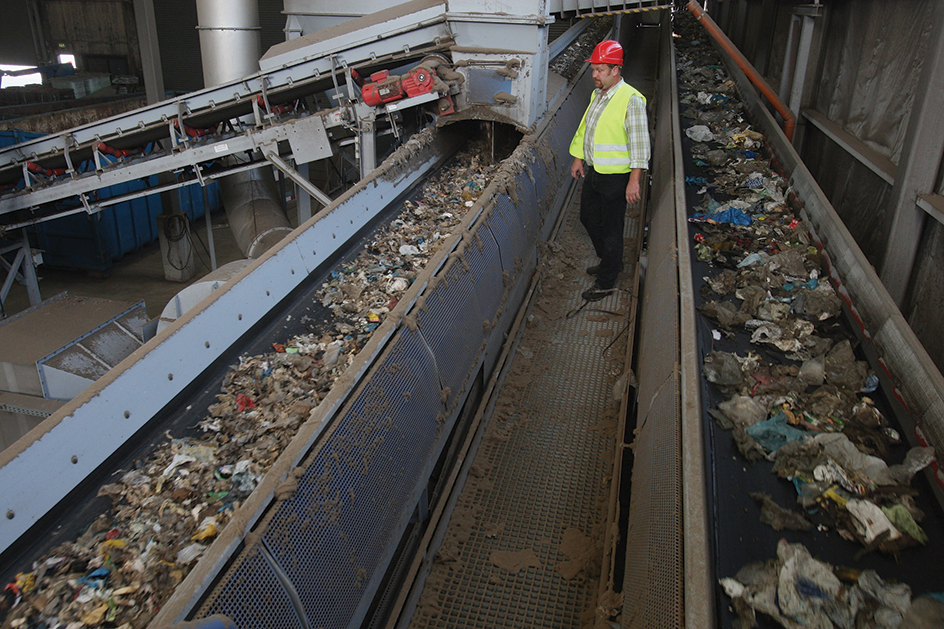Biomass, << BY oh `mas,` >> in biology, describes the amount of organic material in a given area. Biomass can refer to material made by animals, plants, or other living things. In the case of animals, it usually includes only living tissue. For plants, biomass includes both living and dead material. In addition, the term biomass is used to describe any organic material that can be converted into biofuel (see Biofuel ).

Ultimately, nearly all biomass comes from photosynthesis. Photosynthesis is the process by which plants, algae, and certain microorganisms use sunlight to produce food (see Photosynthesis ). Some of the biomass produced through photosynthesis is eaten by animals. On average, animals convert only about 10 percent of the plant biomass they eat into body tissues. The rest of the energy stored in the plant biomass eventually escapes as heat. As a result, the plant biomass in an area of land is always much greater than the animal biomass.
An area’s average biomass depends on sunlight, temperature, precipitation, and nutrients. Areas vary greatly in biomass. Tropical rain forests have plentiful biomass. Deserts have relatively little. Great biomass generally occurs where rivers enter the ocean. The open ocean has little biomass.
See also Ecology (Energy flow) .
